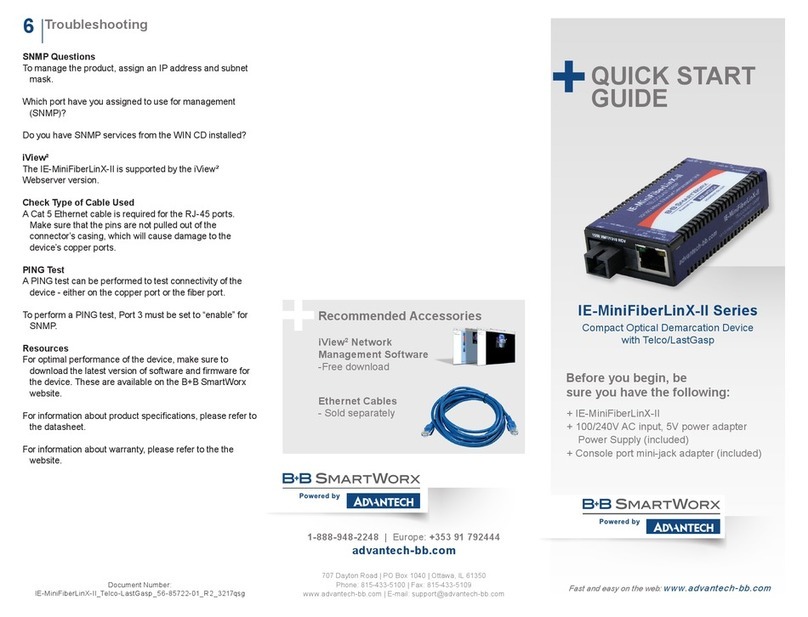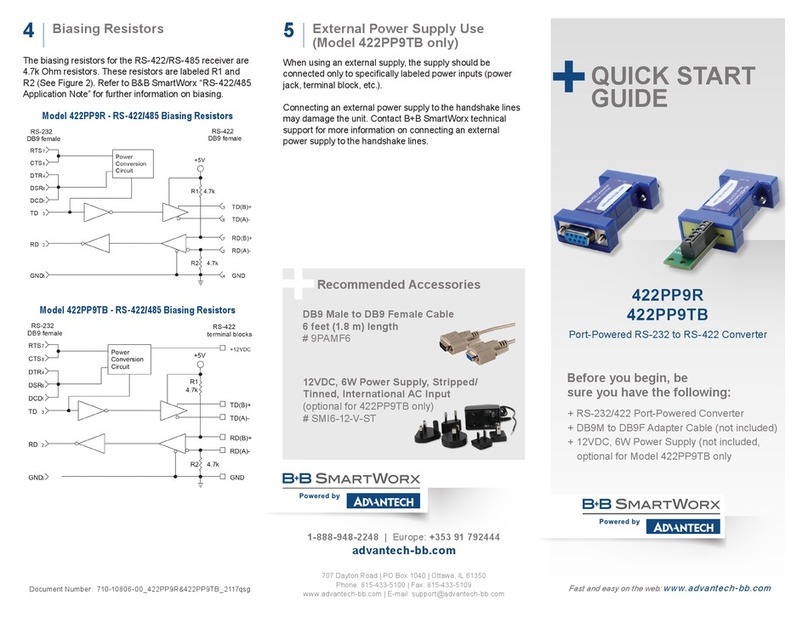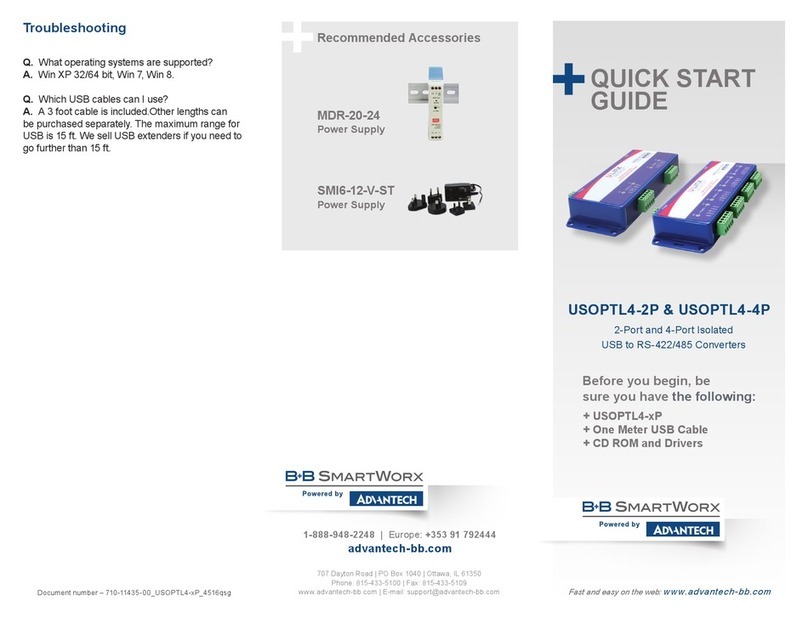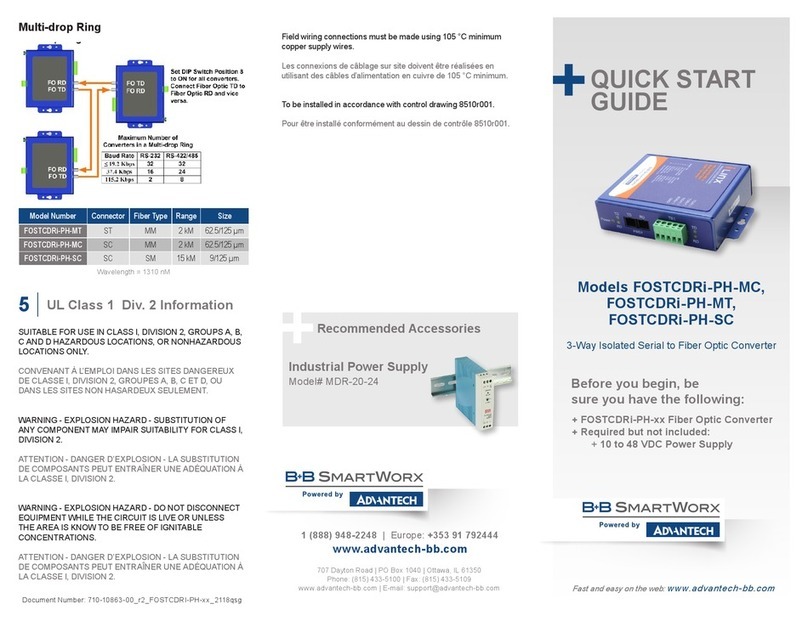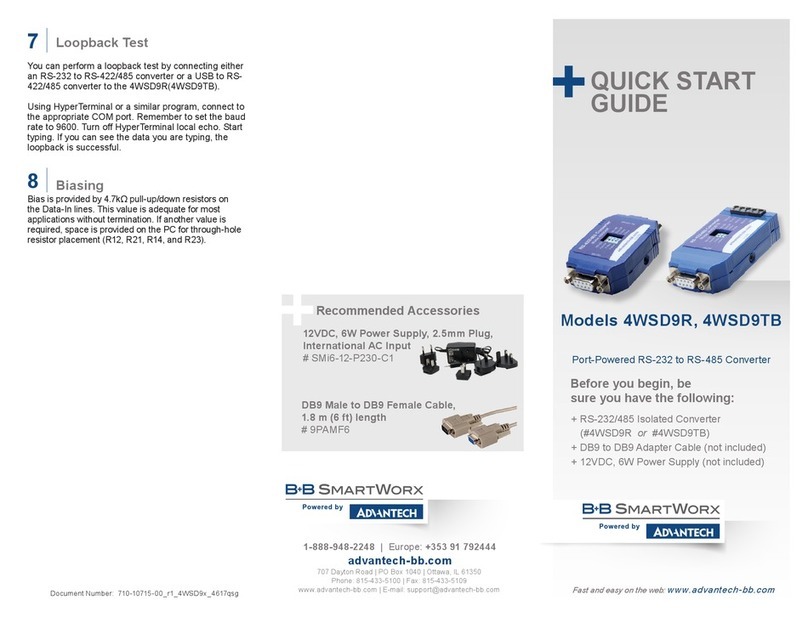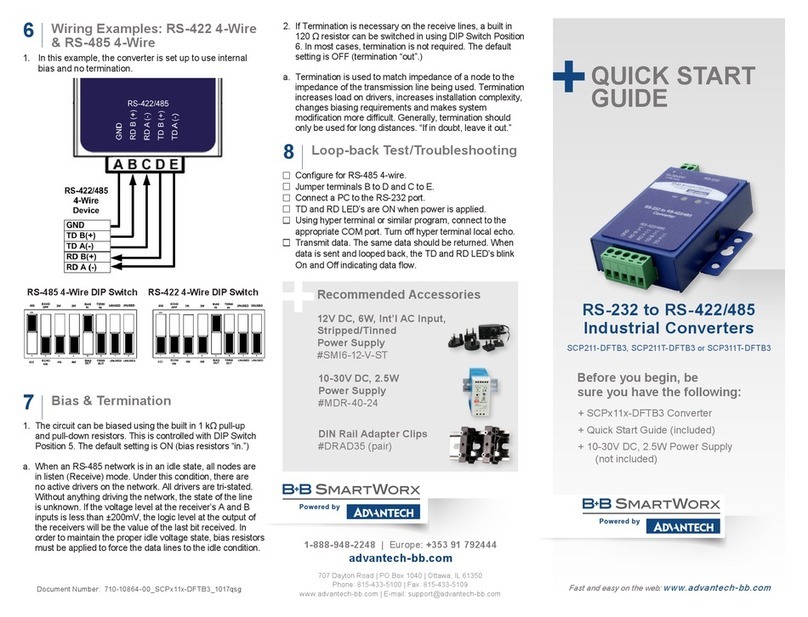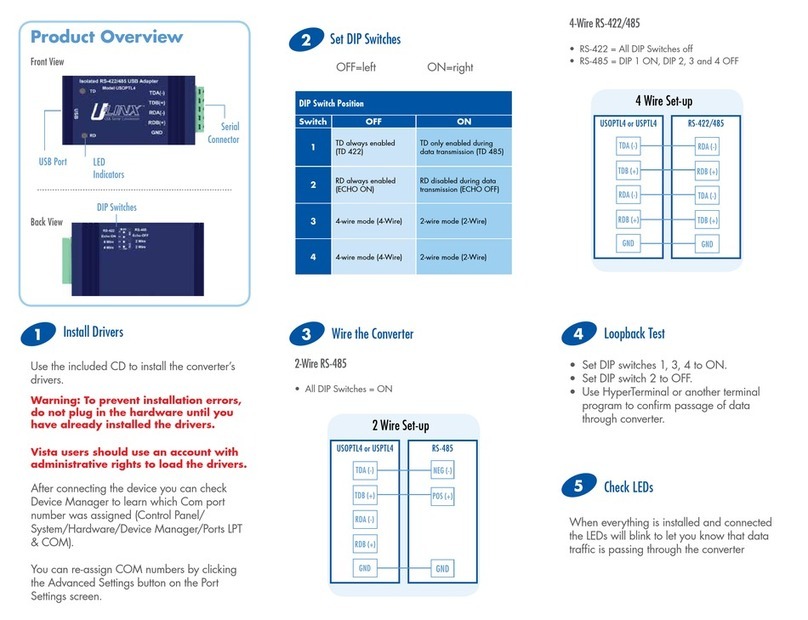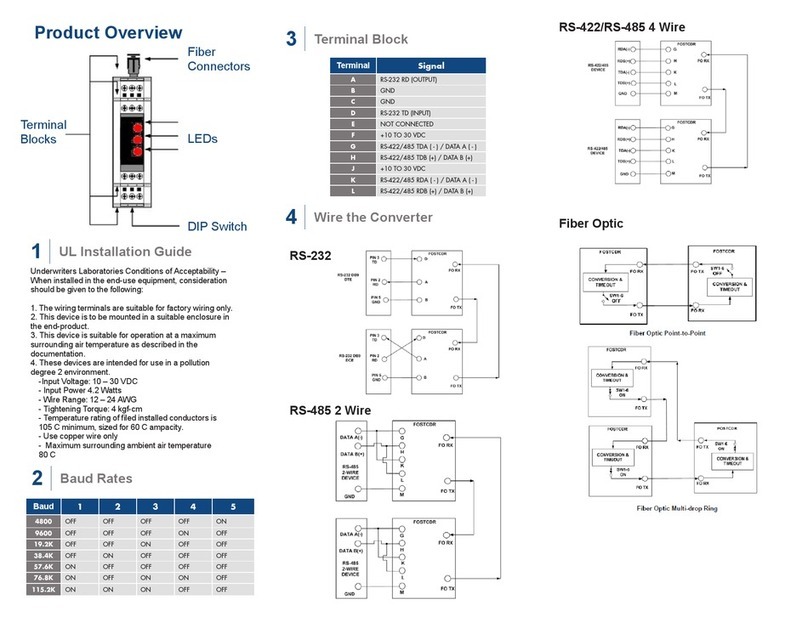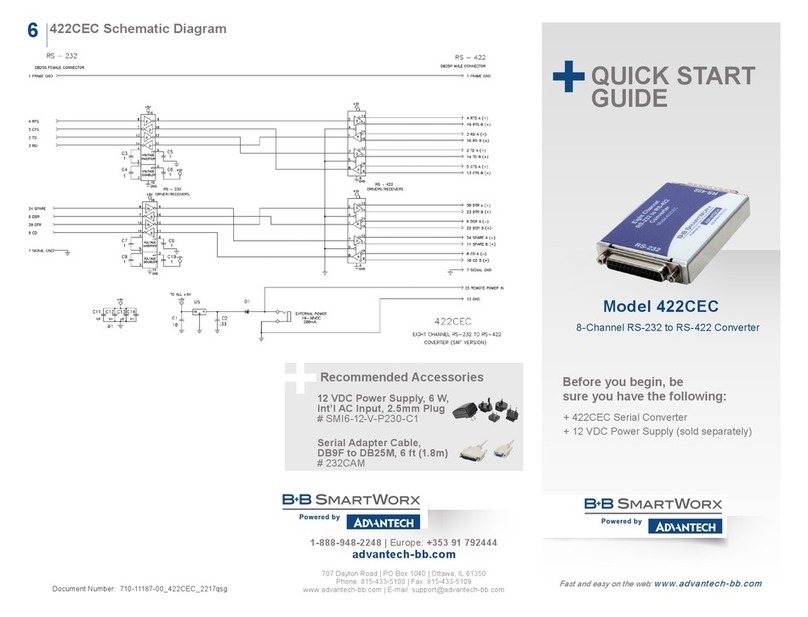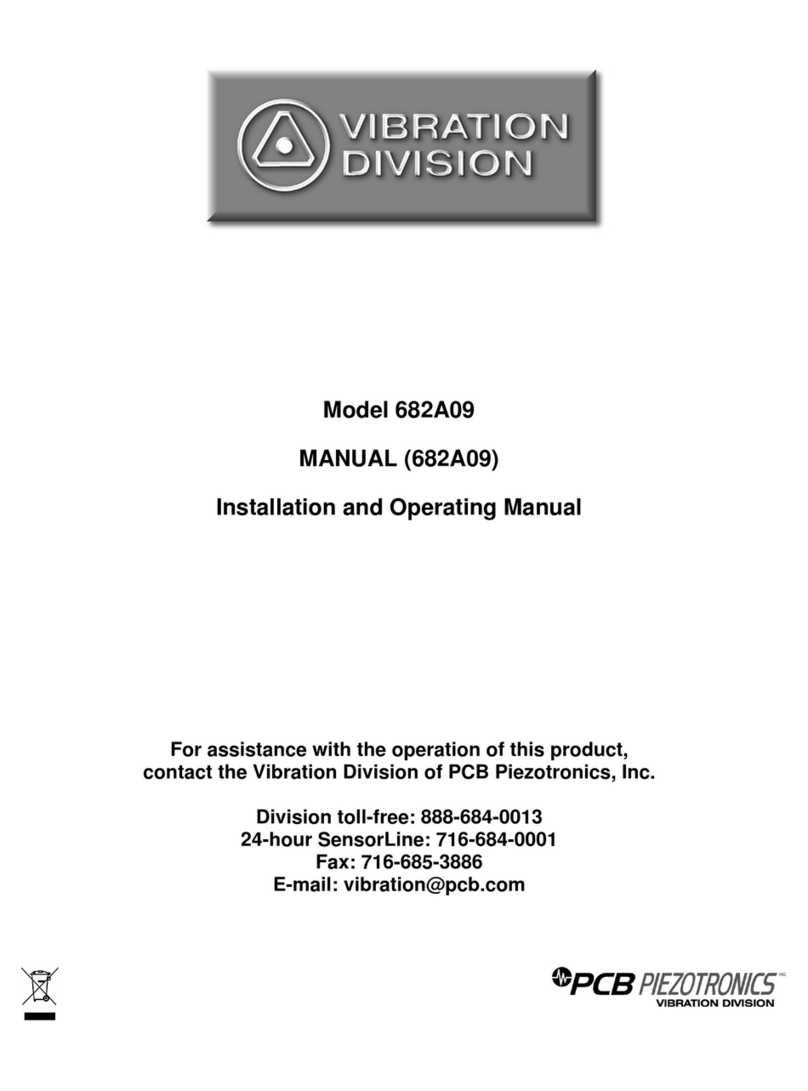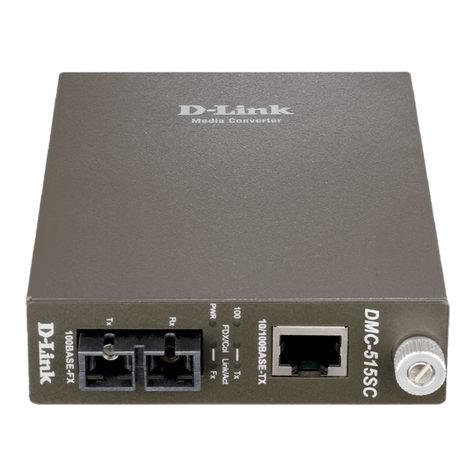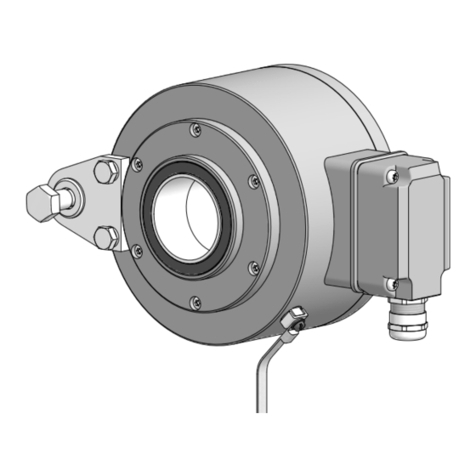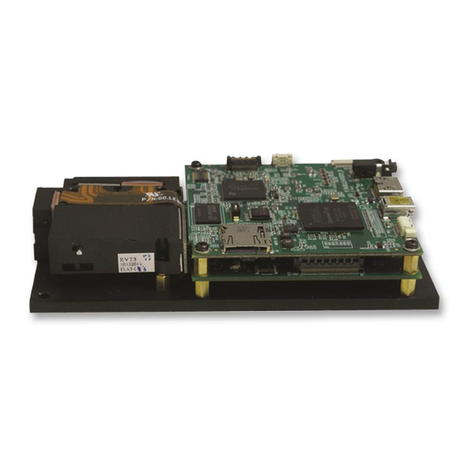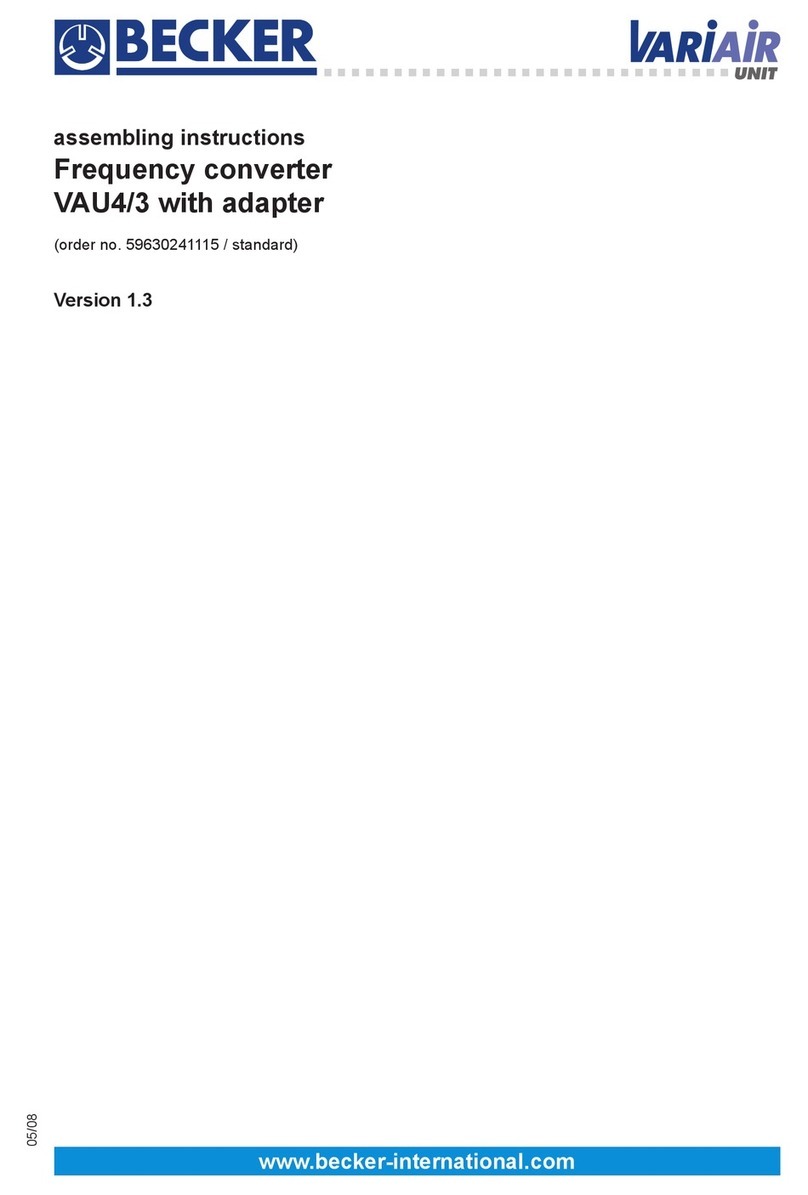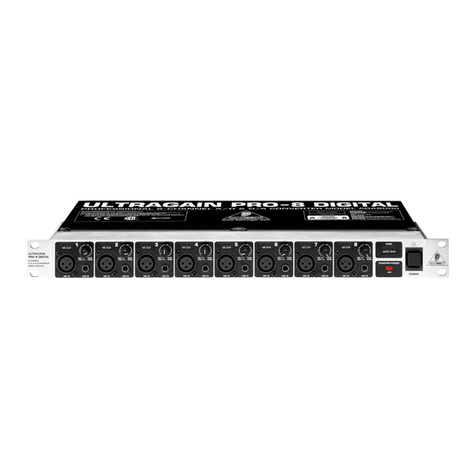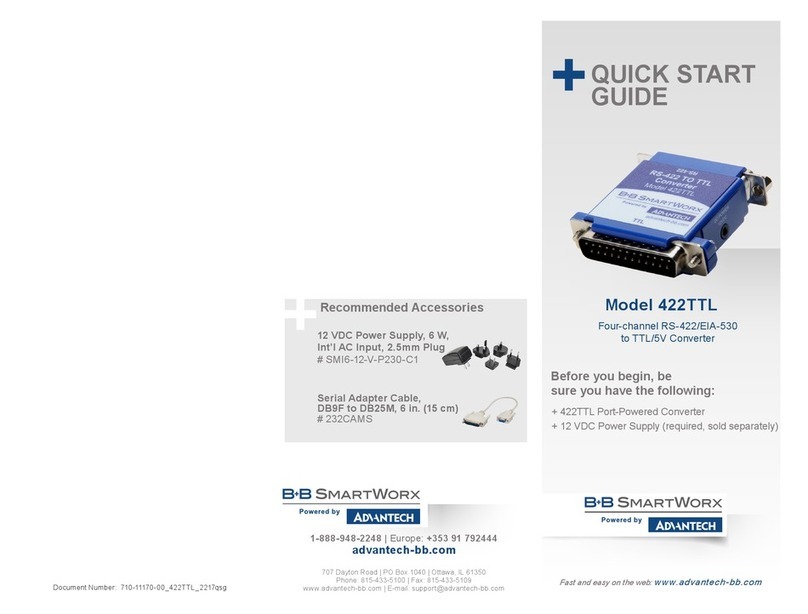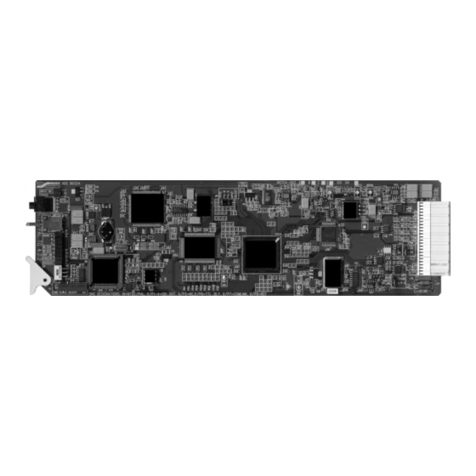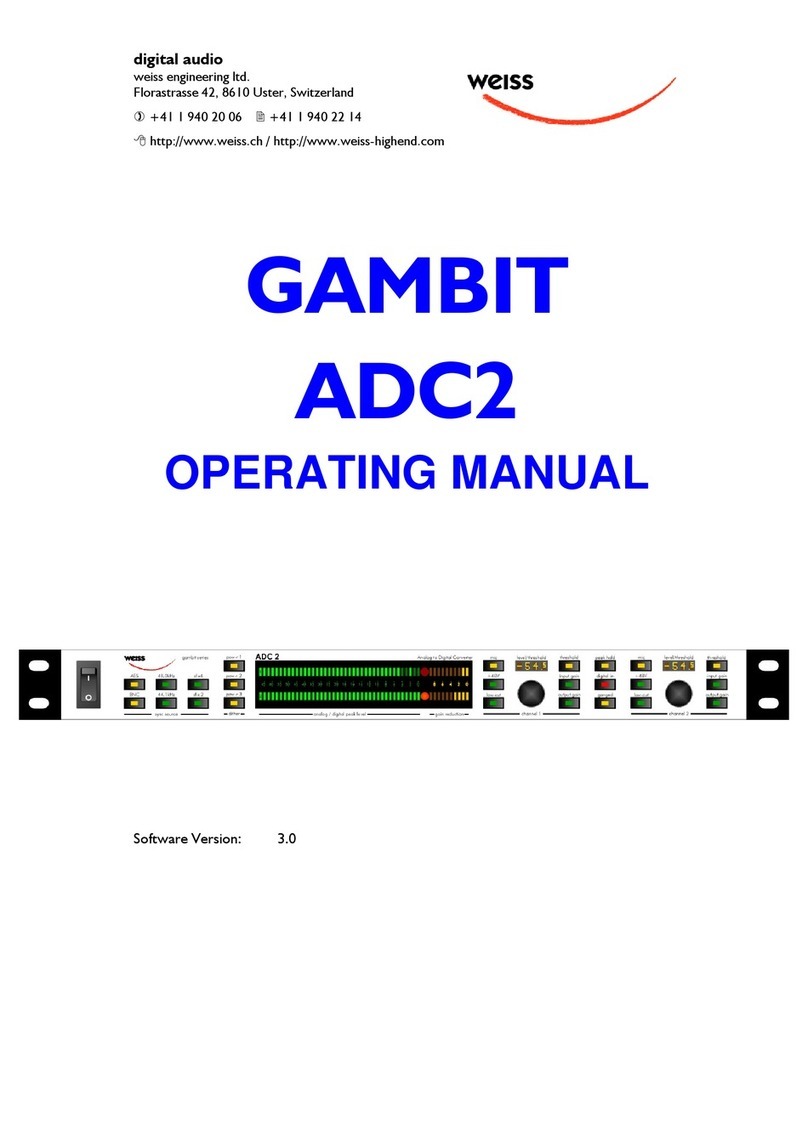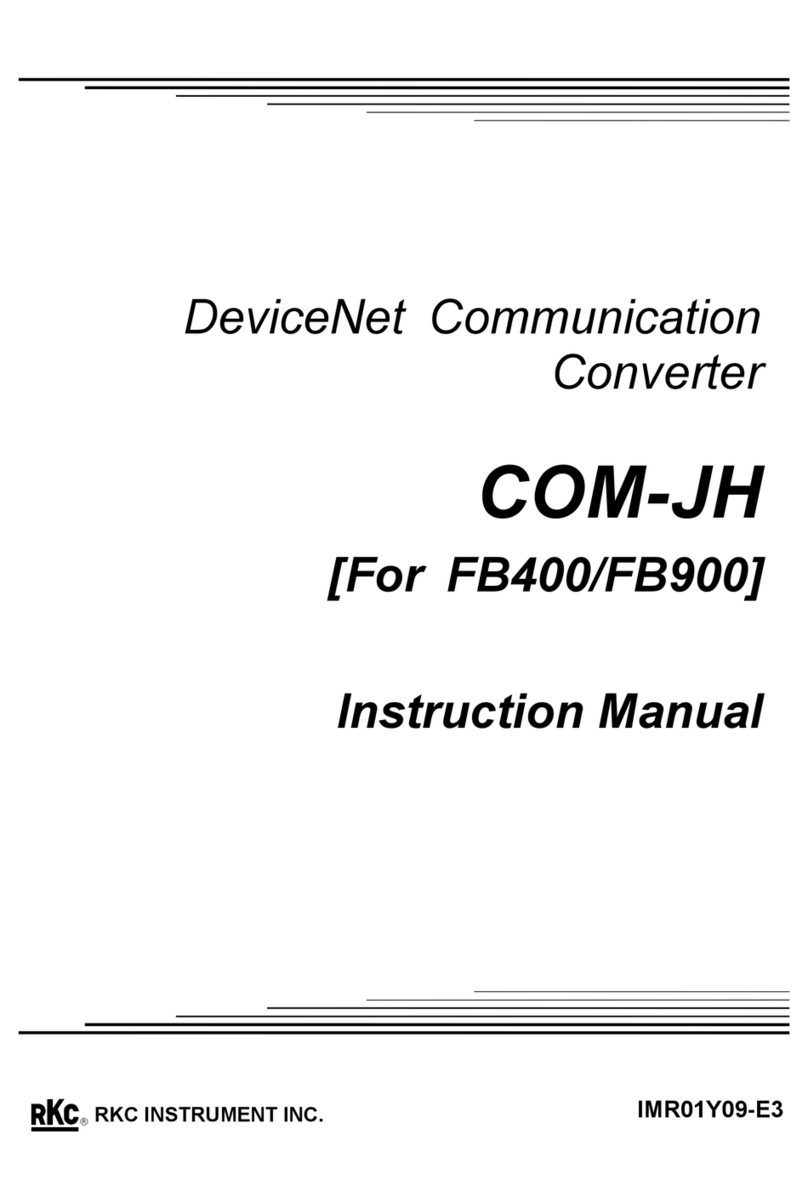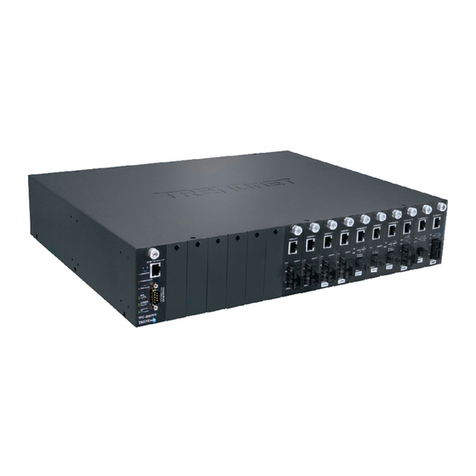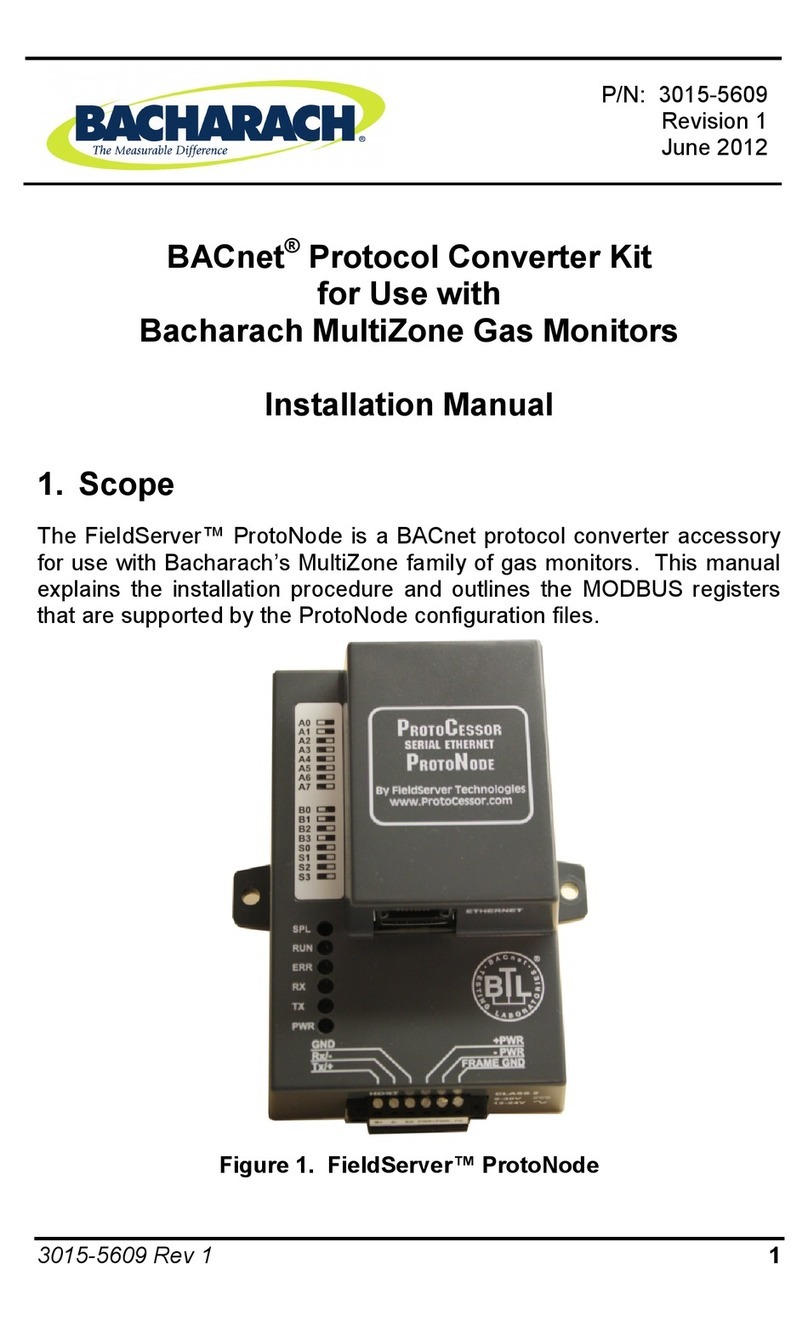It is important that only TTL logic (0 to +5V) is used
for the TTL side of the converter.
For assistance with these modications, or to have the
232OTTL modied before shipment, call B+B SmartWorx.
Getting Started
Power
1
3
The 232OTTL is an RS-232 to TTL converter with 1500V
isolation. Channels TD and RTS convert RS-232 to 0-5V
TTL signals and channels RD and CTS convert 0-5V TTL
signals to RS-232. The RS-232 side has a DB25 female
connector pinned out to plug directly into the COM port of
a computer or any other DTE device. The TTL side has a
DB25 male connector.
The RS-232 side of the 232OTTL derives its power from the
outputs of the host RS-232 port. TD, RTS, and DTR lines
may be used to port power the RS-232 side. A minimum
of two of these lines in either high or low states is required
for proper operation. If your port meets the low voltage
requirements of RS-562, you will need to externally power
the RS-232 side of the 232OTTL. An RS-562 port, typically
found on handheld computers, will only produce about
3.7 volts, which is not adequate to power the isolator. To
externally power the RS-232 side, connect the positive lead
of the +12VDC power supply to pin 25 and the GND lead to
pin 12 of the DB25 female connector.
The TTL side of the 232OTTL requires a power supply to
operate. +12VDC may be connected to the power jack on
the side of the unit, or on pins 25 (+12VDC) and 12(GND) of
the DB25 male connector. See the section titled “Options
Requiring Modication” if it is necessary to power the TTL
side from a +5V supply.
Product Overview
TTL
DB25 Male Port
(5V)
RS-232
DB25 Female
1,500 V
Optical Isolation
Signal Lines
2
The 232OTTL supports 4 signal lines and Ground as
shown in Figure 1. Two of these four lines, TD and RTS,
convert RS-232 inputs to TTL outputs. The other two
lines, RD and CTS, convert TTL inputs to RS-232 outputs.
These lines communicate at baud rates up to 38.4 kbps.
Figure 1. Signal Lines Diagram
The maximum sinking current for one TTL output is 8
mA. The maximum source current for one TTL is 0.8 mA.
Signal levels are inverted by the converter in its standard
conguration as shown in Table 1. See “Options Requiring
Modication” section if non-inverted outputs are desired.
TTL INPUT RS-232 OUTPUT
High (>2.0V) -5V maximum, -9V typical
Low (<0.8V) +5V maximum, +9V typical
TTL OUTPUT RS-232 INPUT
High (>2.0V) -5V maximum, -9V typical
Low (<0.8V) +5V maximum, +9V typical
Table 1. Standard Inverted Outputs
Options Requiring Modication
4
The 232OTTL may be modied to non-inverted signals as
shown in Table 2 by placing a jumper wire across JP1:A
labeled “NI”.
TTL INPUT RS-232 OUTPUT
High (>2.0V) +5V maximum, +9V typical
Low (<0.8V) -5V maximum, -9V typical
TTL OUTPUT RS-232 INPUT
High (>2.0V) +5V maximum, +9V typical
Low (<0.8V) -5V maximum, -9V typical
Table 2. Modied to Non-Inverted Outputs
The 232OTTL may also be modied to accept a +5V
supply on the TTL side. Remove the 0 ohm surface mount
resistor labeled R13 and place a jumper wire across JP1:B
labeled +5V. A +4.75 to +5.25V at a maximum of 25mA is
necessary to power the TTL side of the converter when this
modication is made.
232TTL SPECIFICATIONS
Signals
4 channels, TD, RD, RTS, CTS.
RS-232 side pinned out as DCE.
TTL/CMOS compatible voltage levels
(low < 0.8V, high > 2.0V).
Inverted outputs (non-inverted available
with modication).
Baud Rate 38.4 kbps
Power
RS-232 Side
Port-powered by TD, DTR, and RTS
(requires two lines in any state).
OR +12 to 16 VDC at 30 mA maximum
on pins 25 and 12.
Power
TTL Side
+12 to 16 VDC at 25 mA maximum on
power jack OR pins 25 and 12
(+5 VDC available with modication)
Temperature 0 to 70°C

